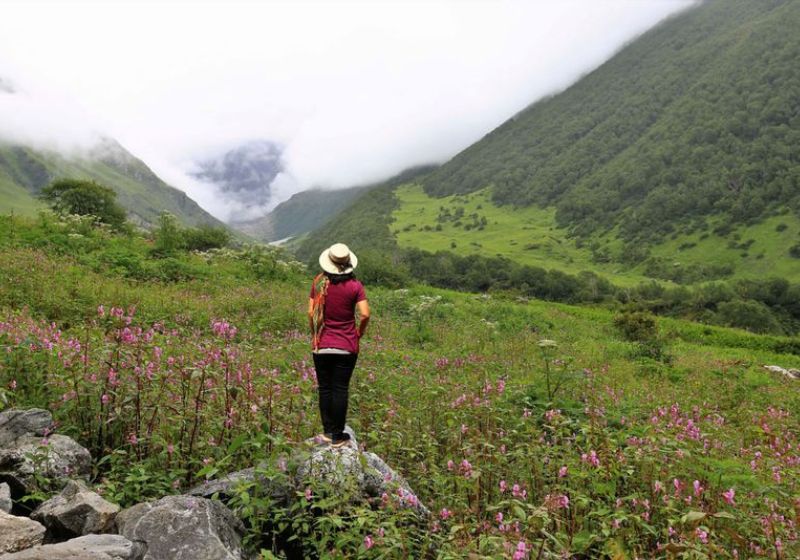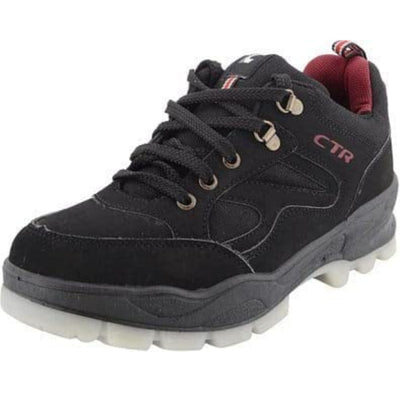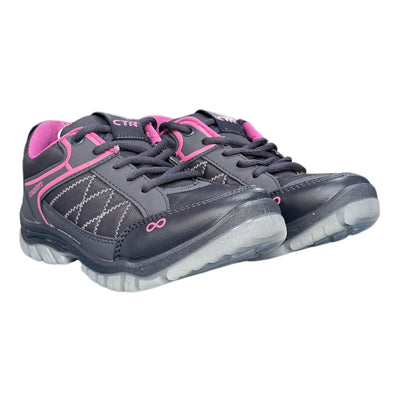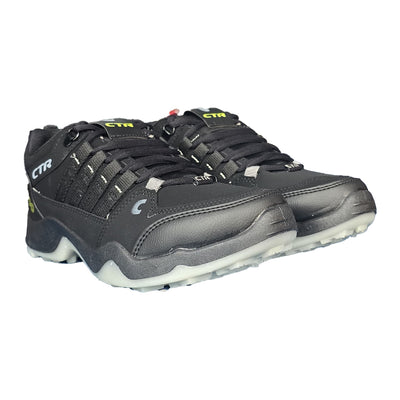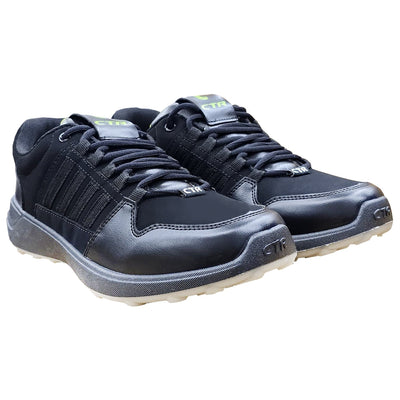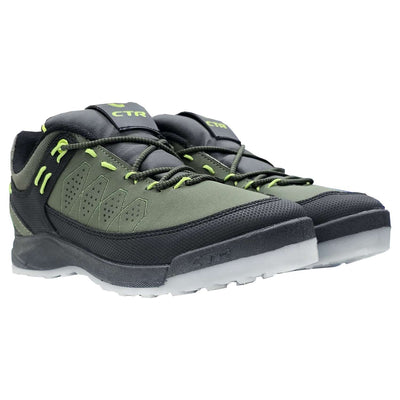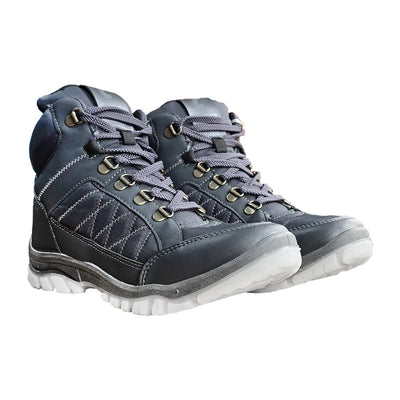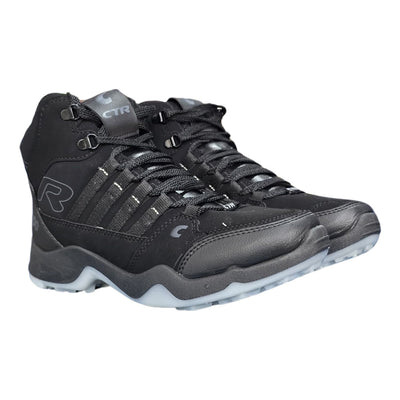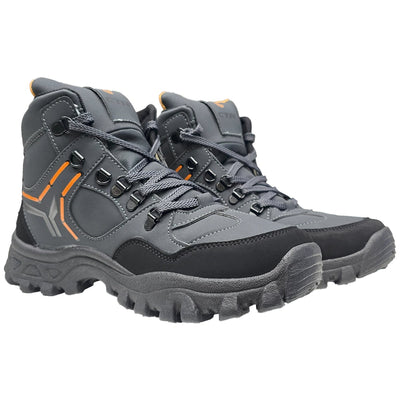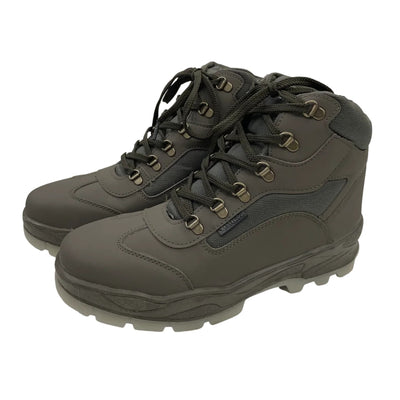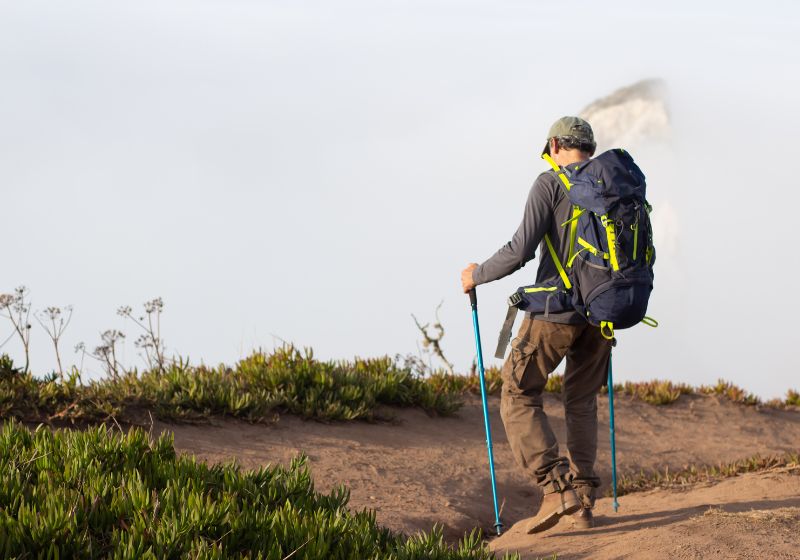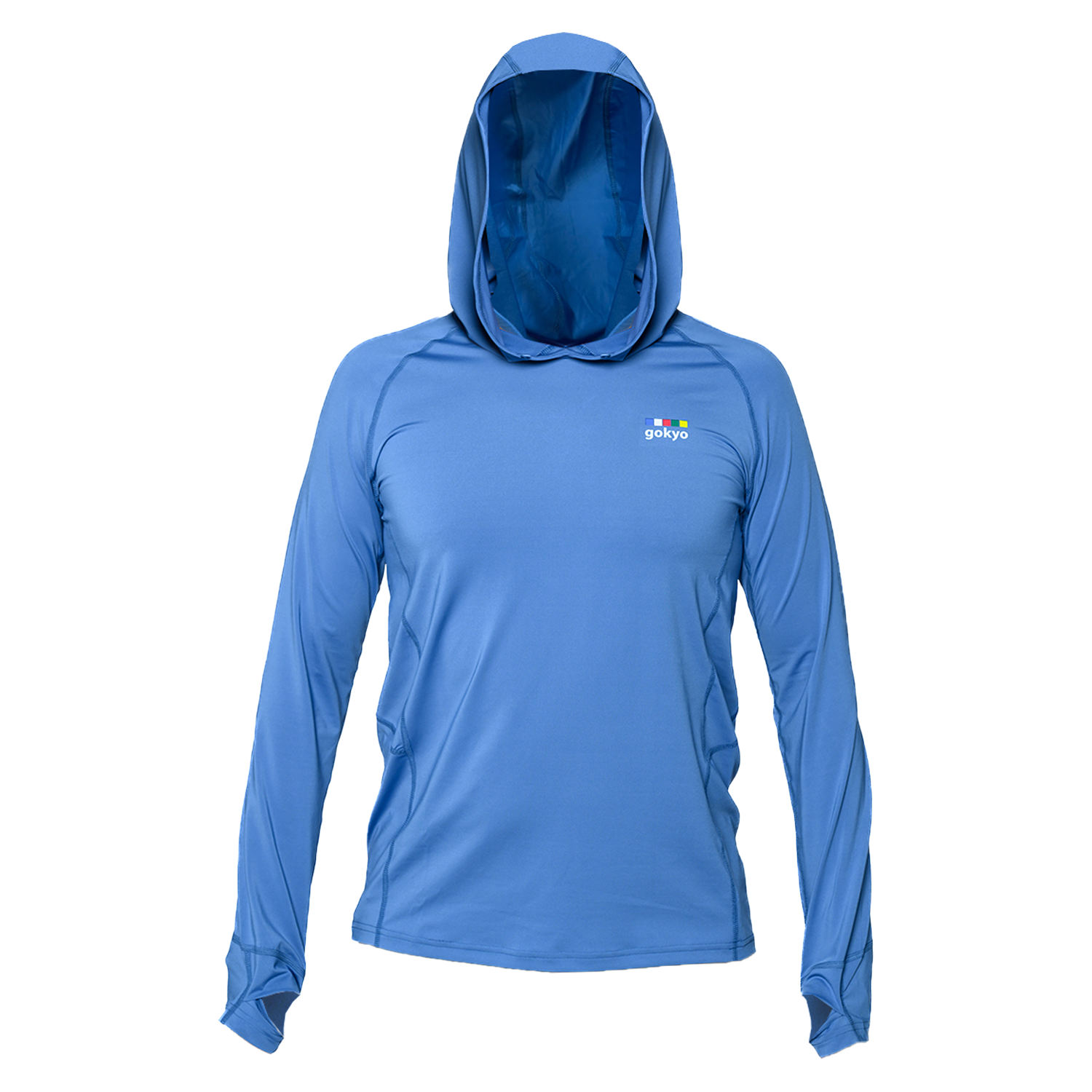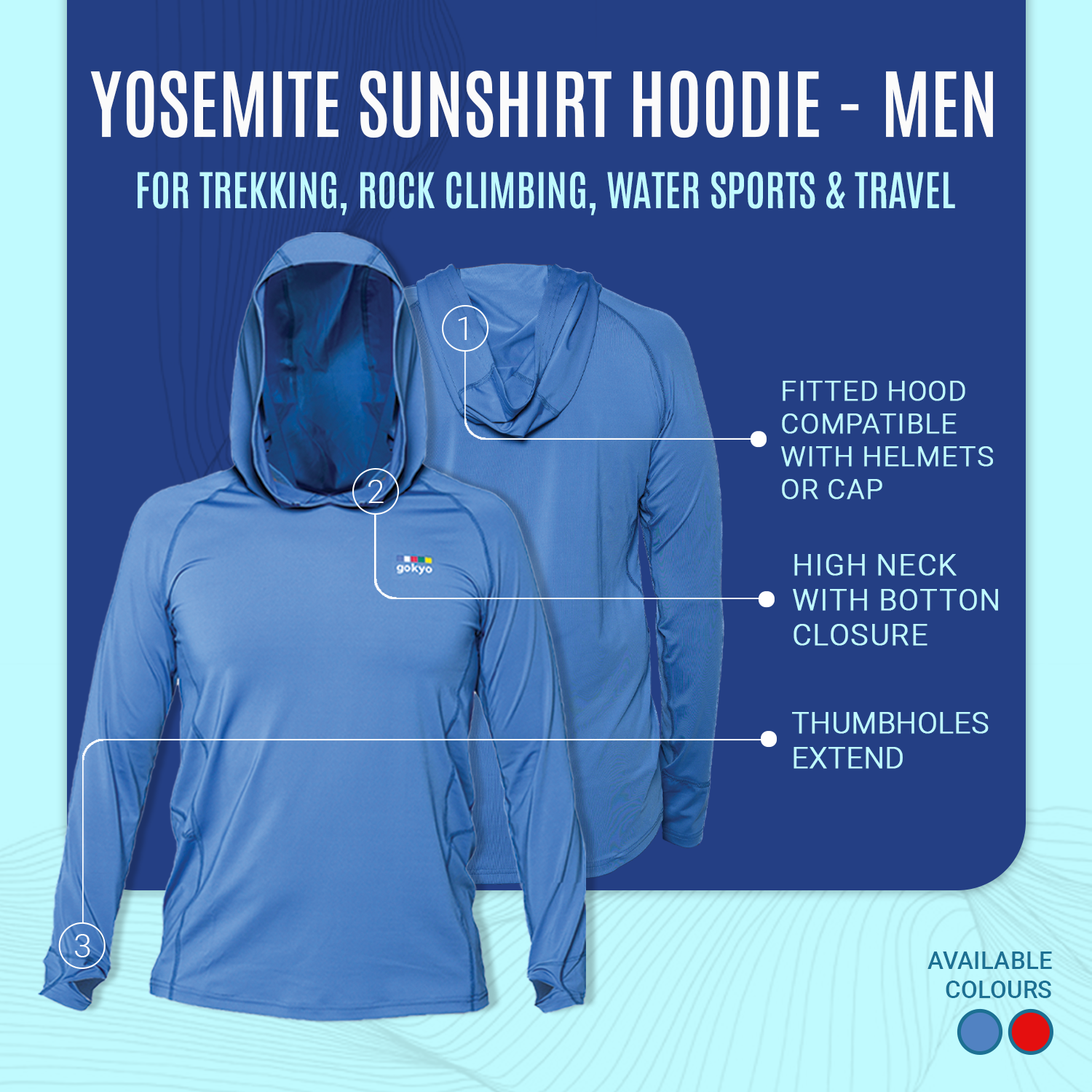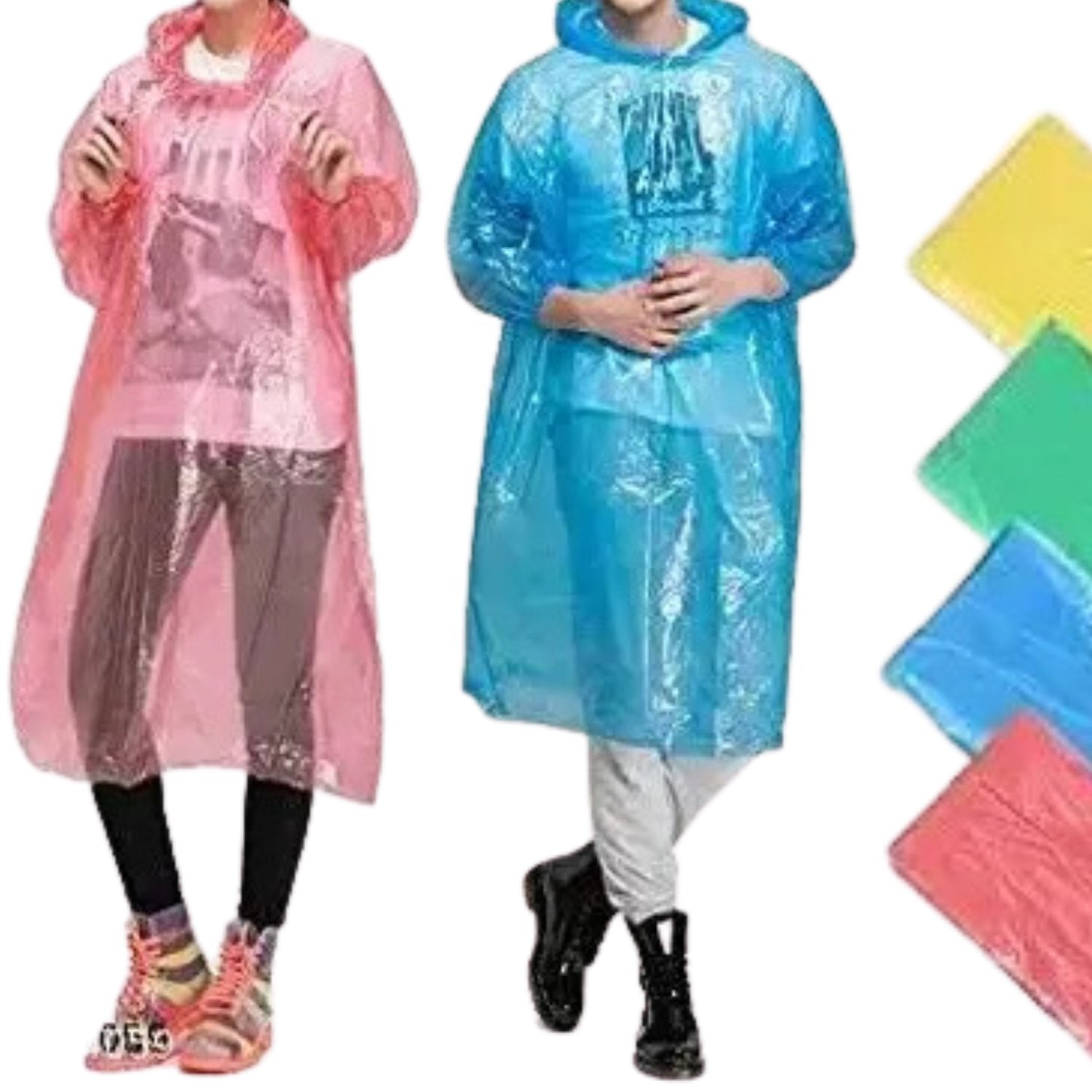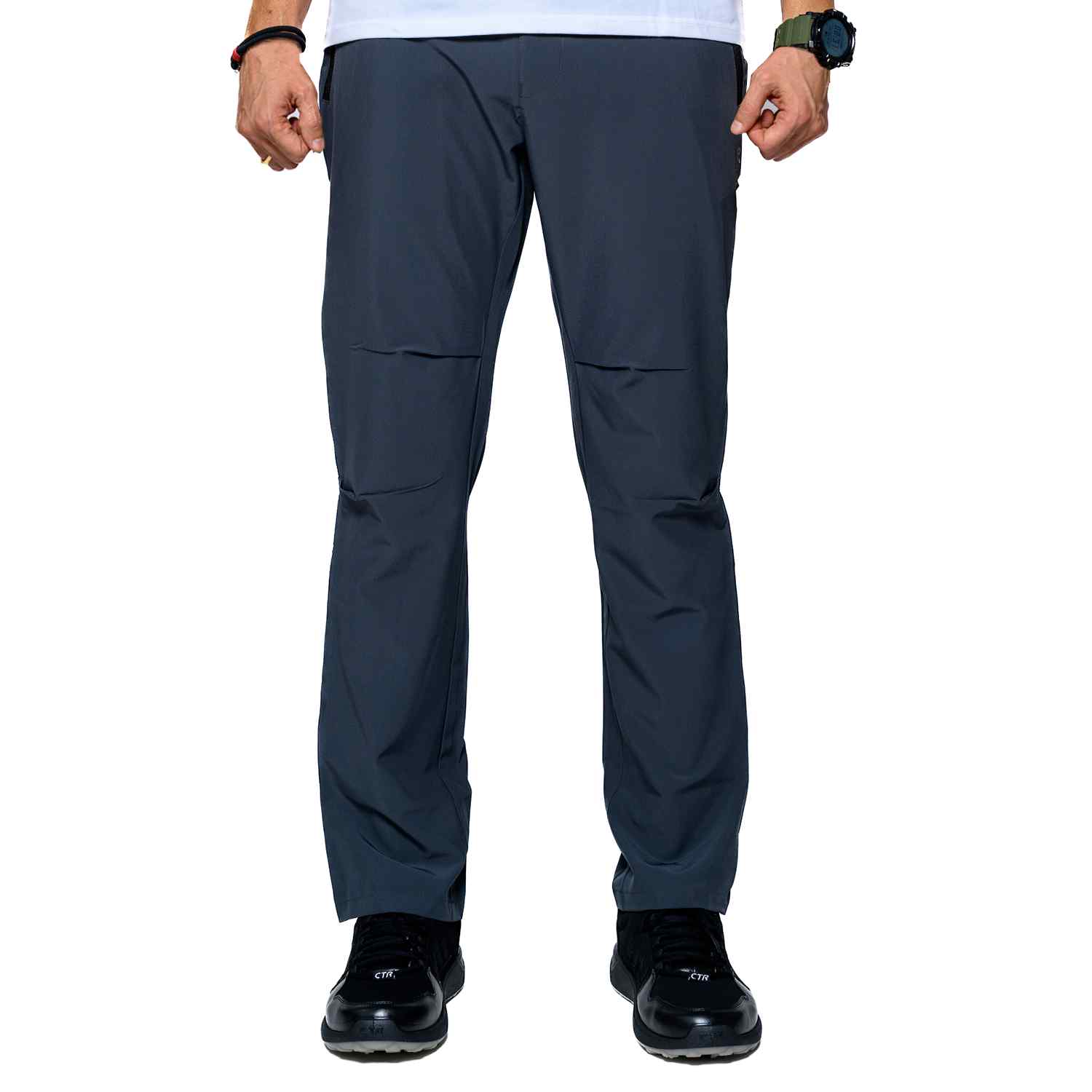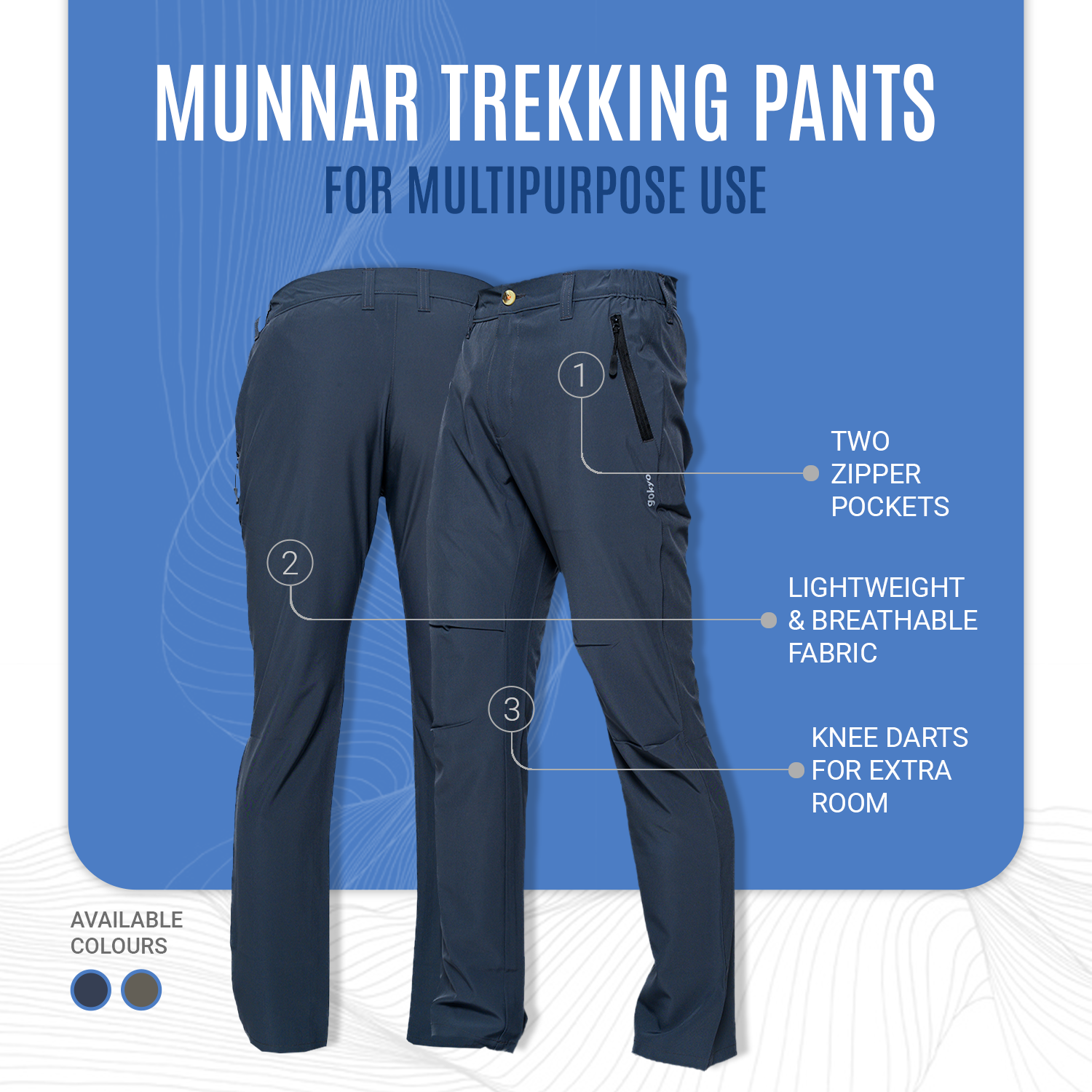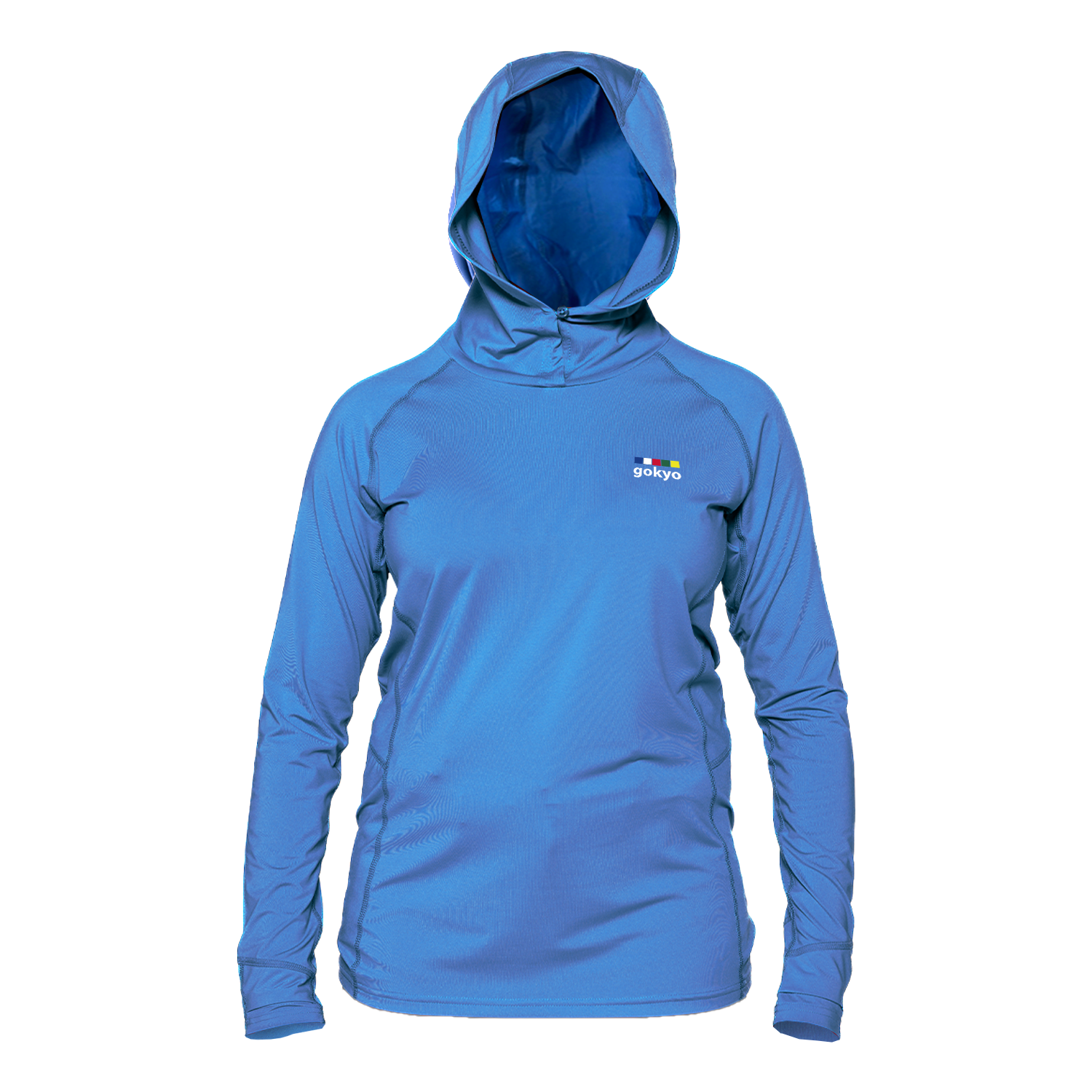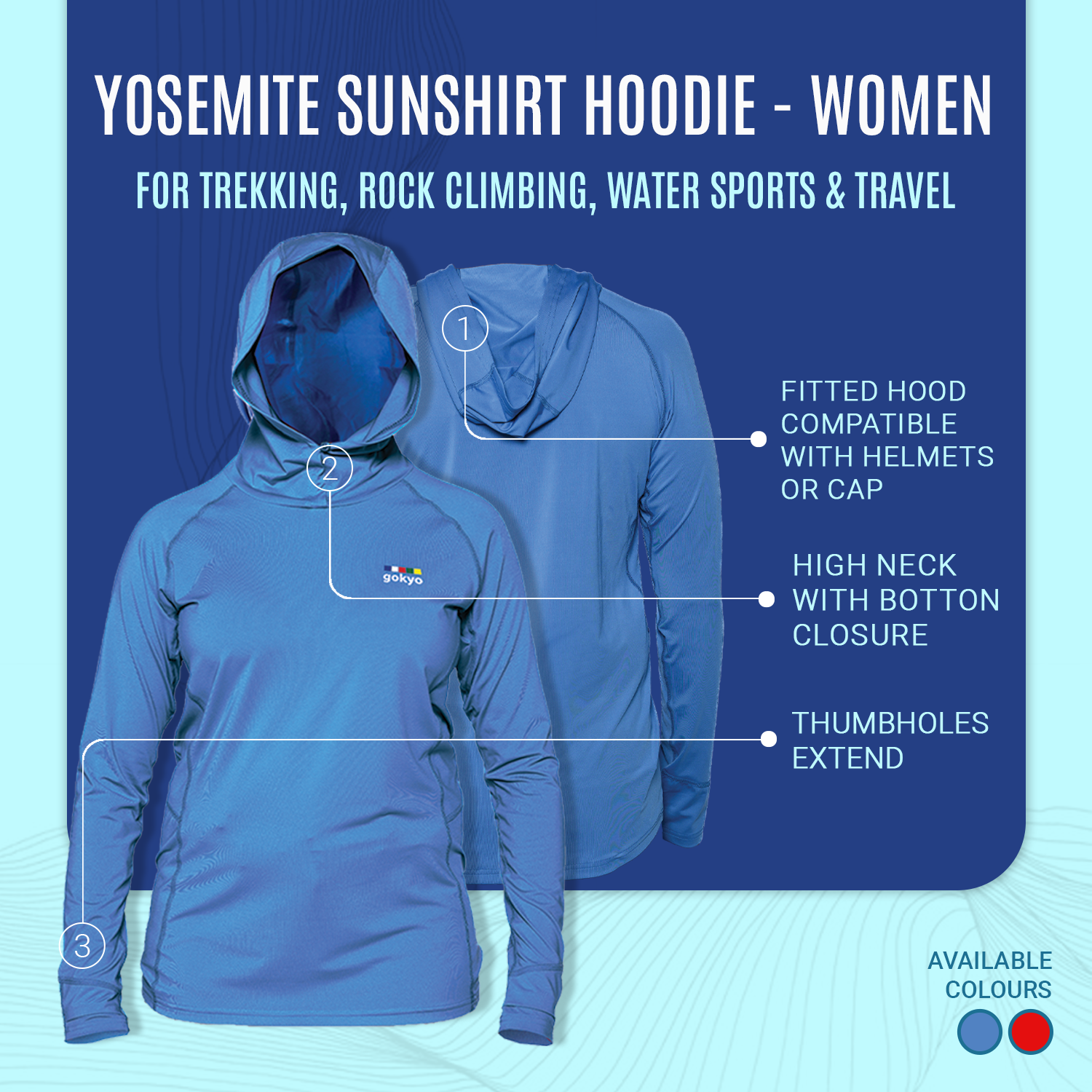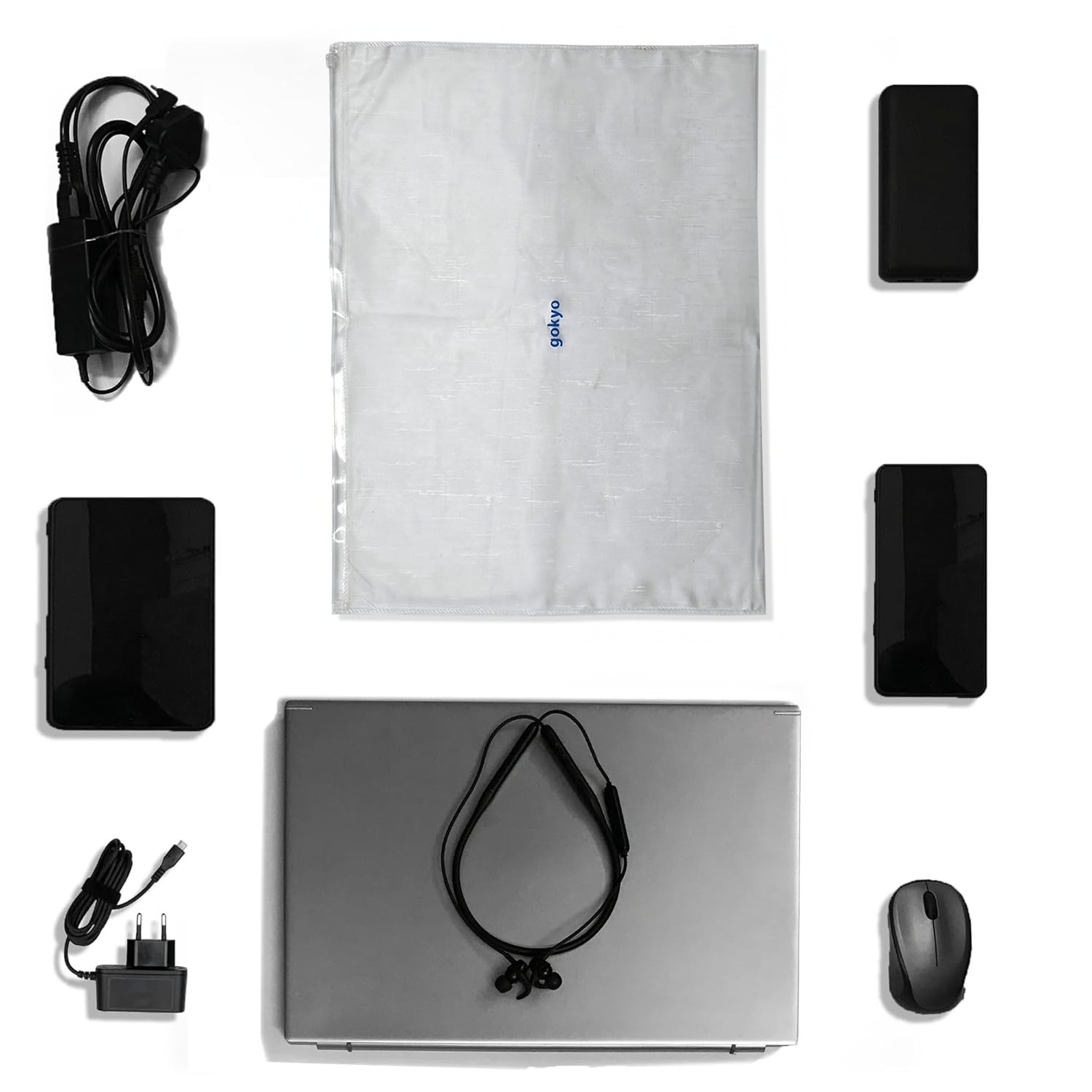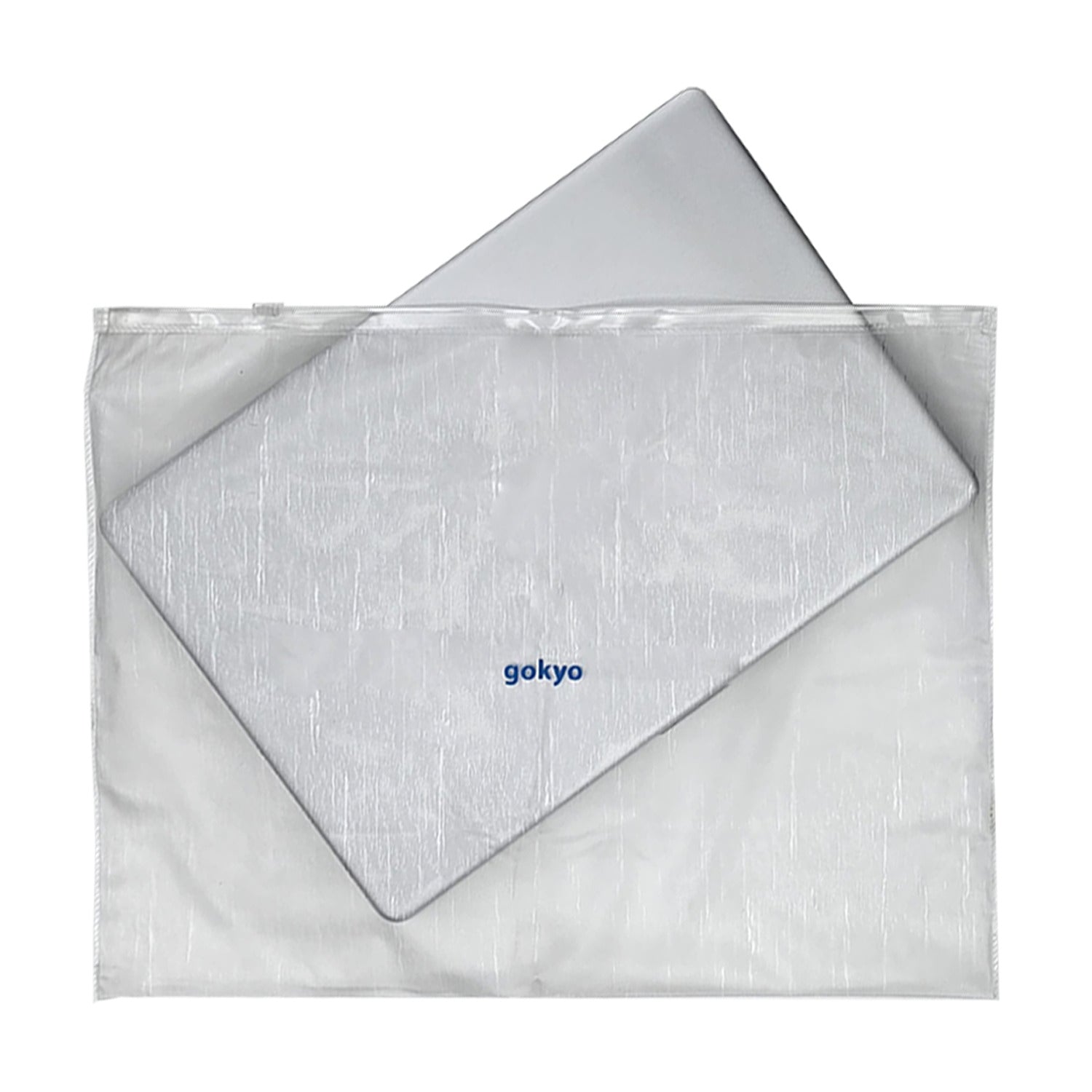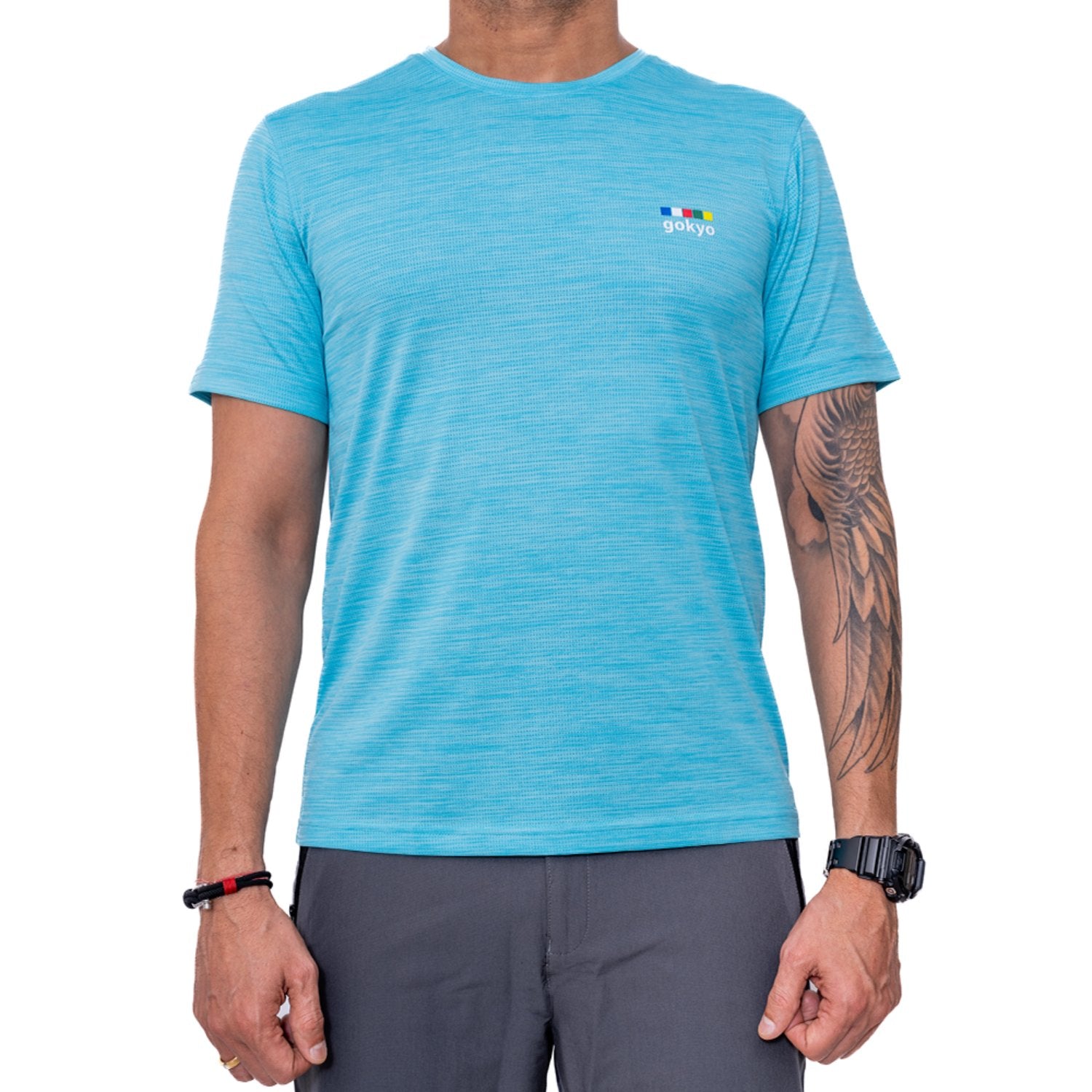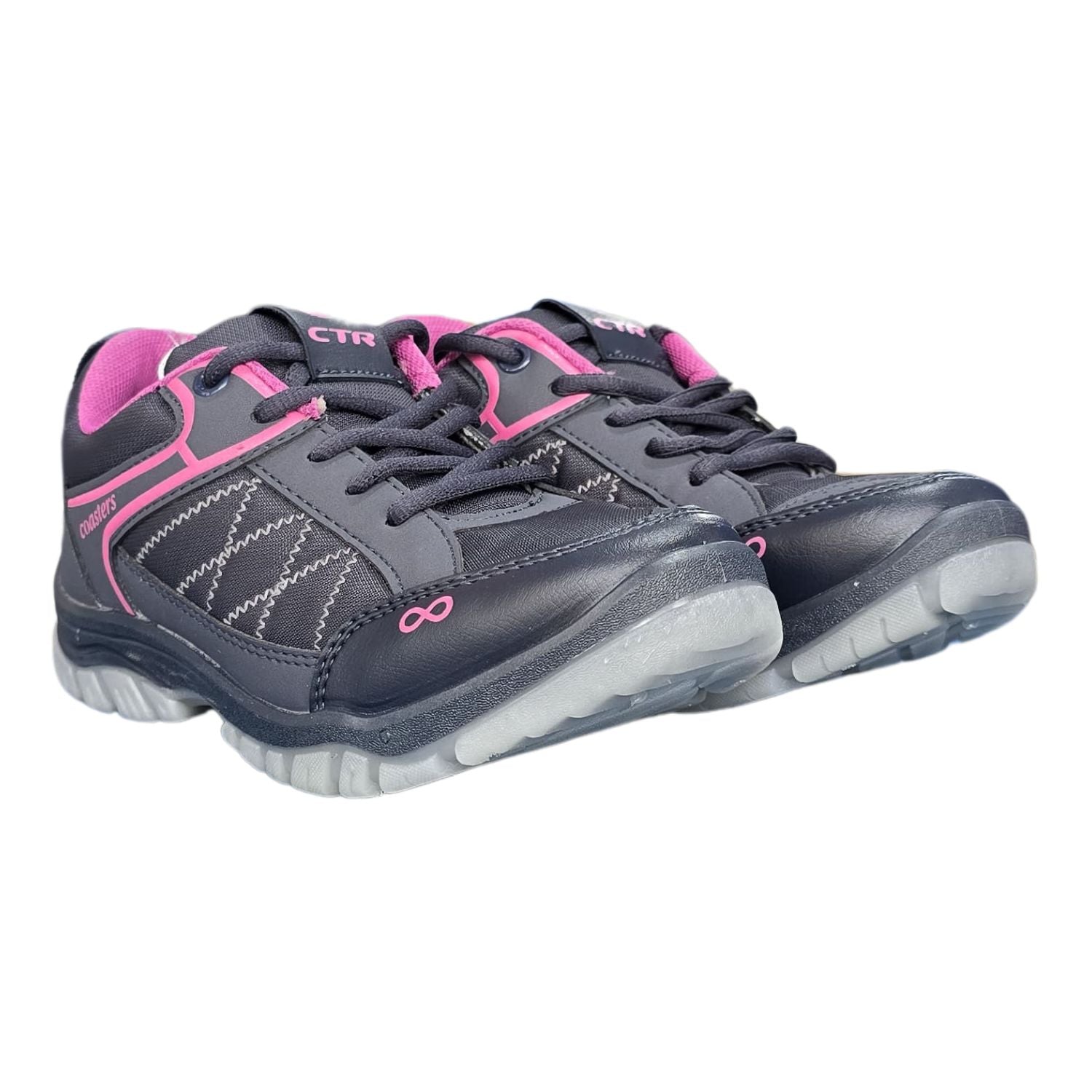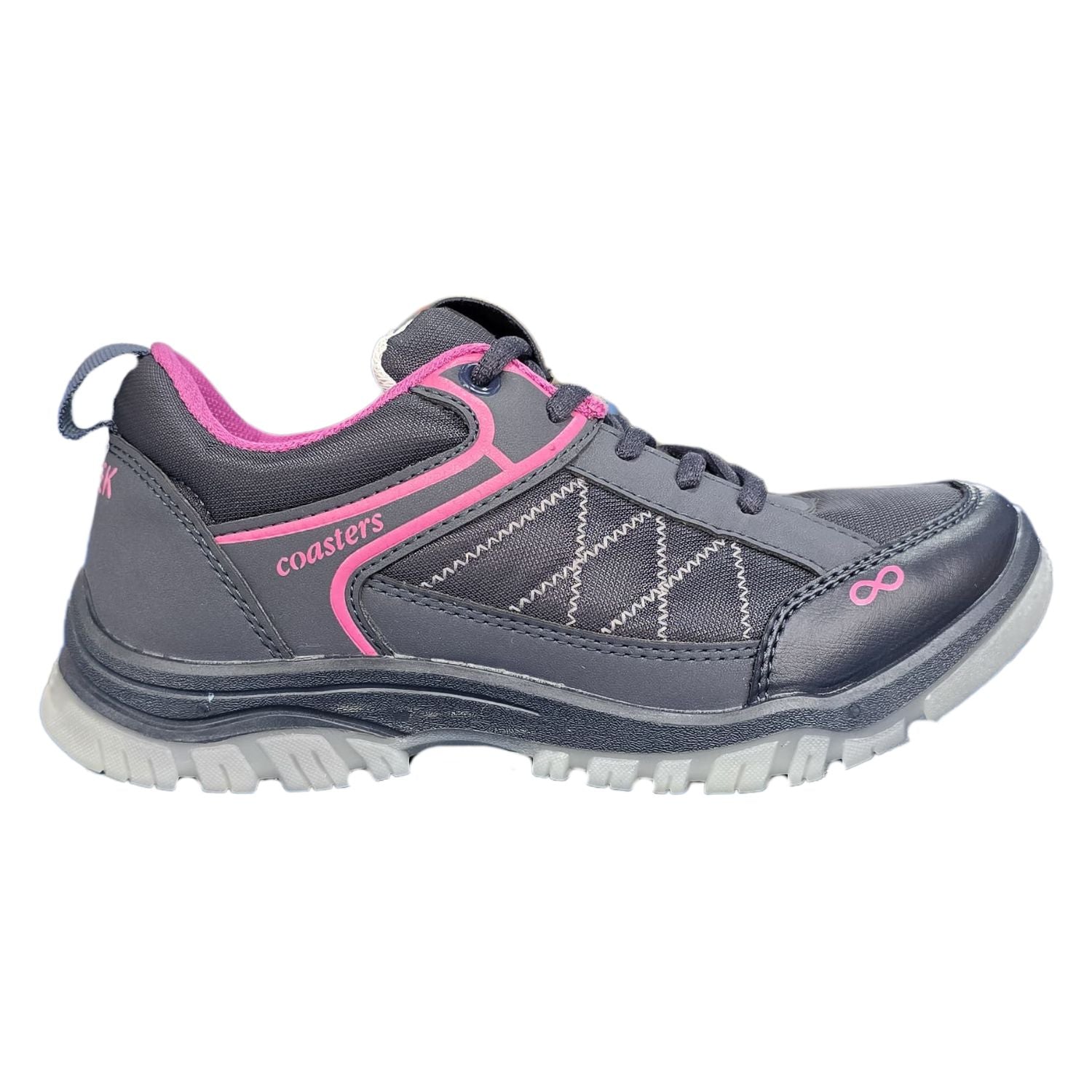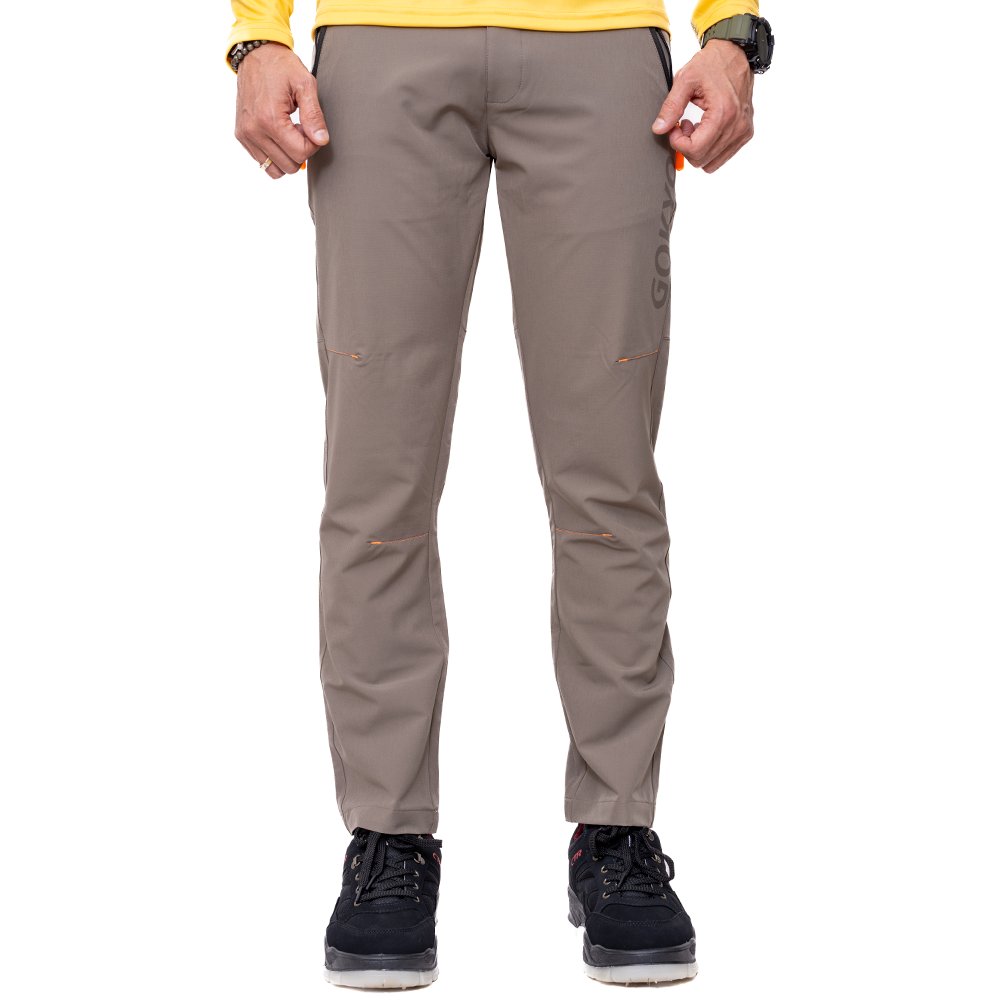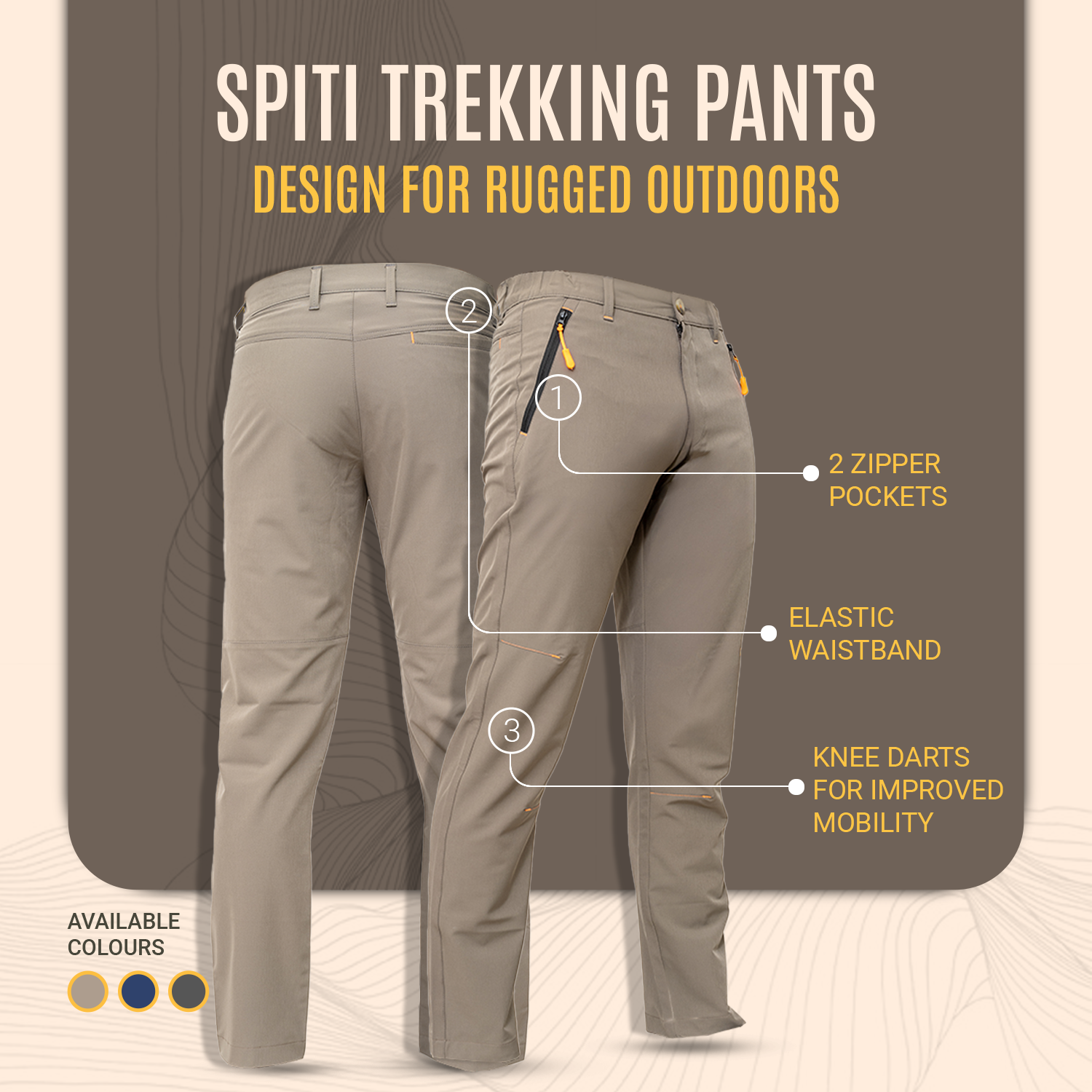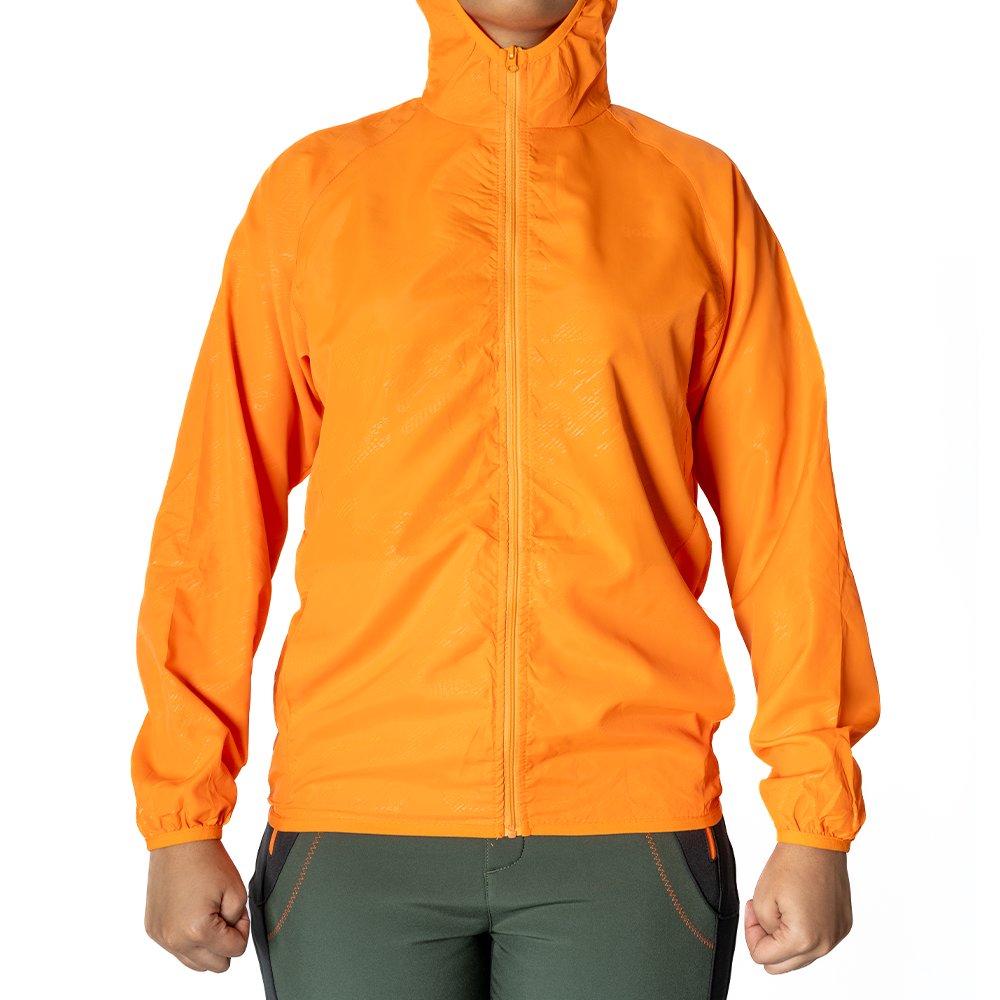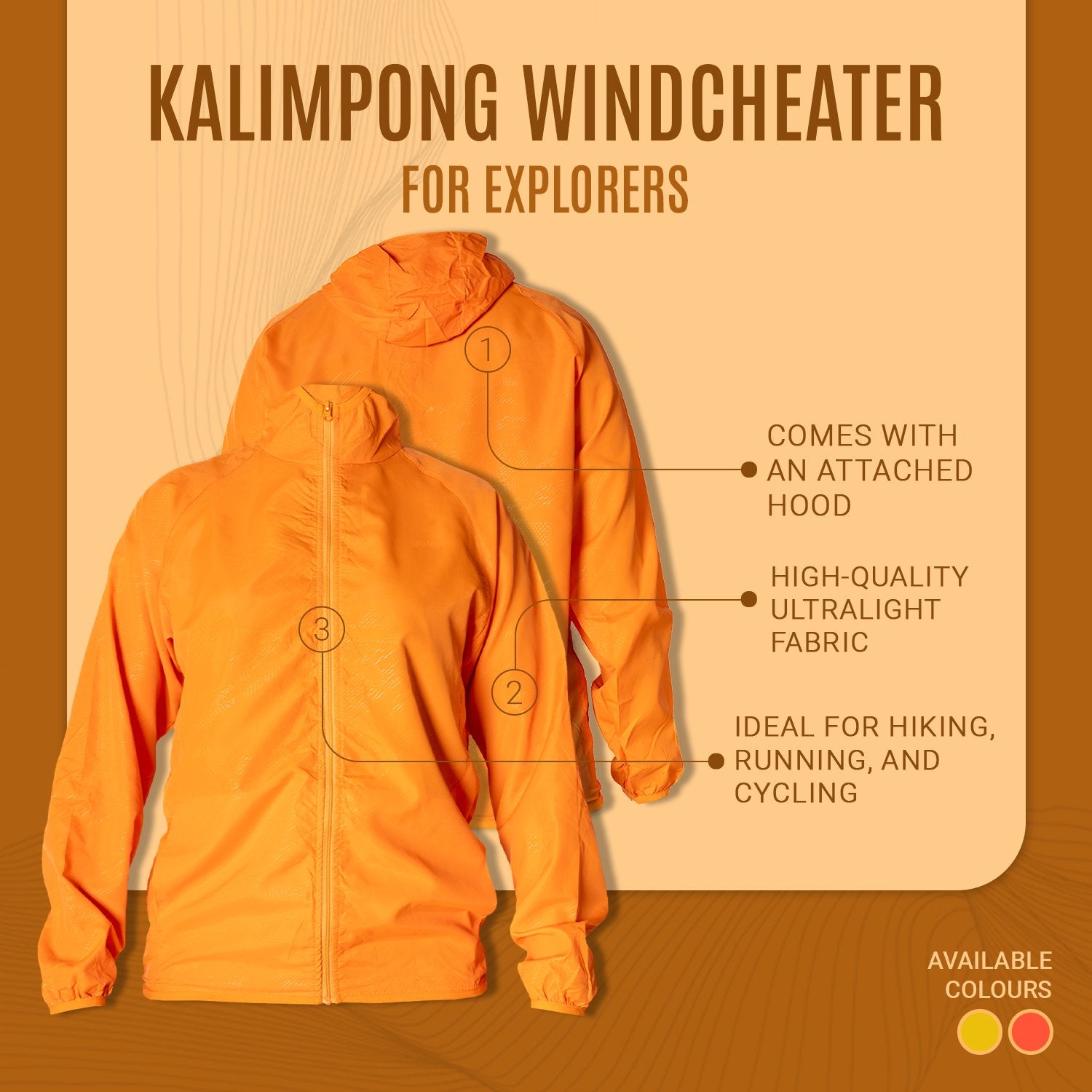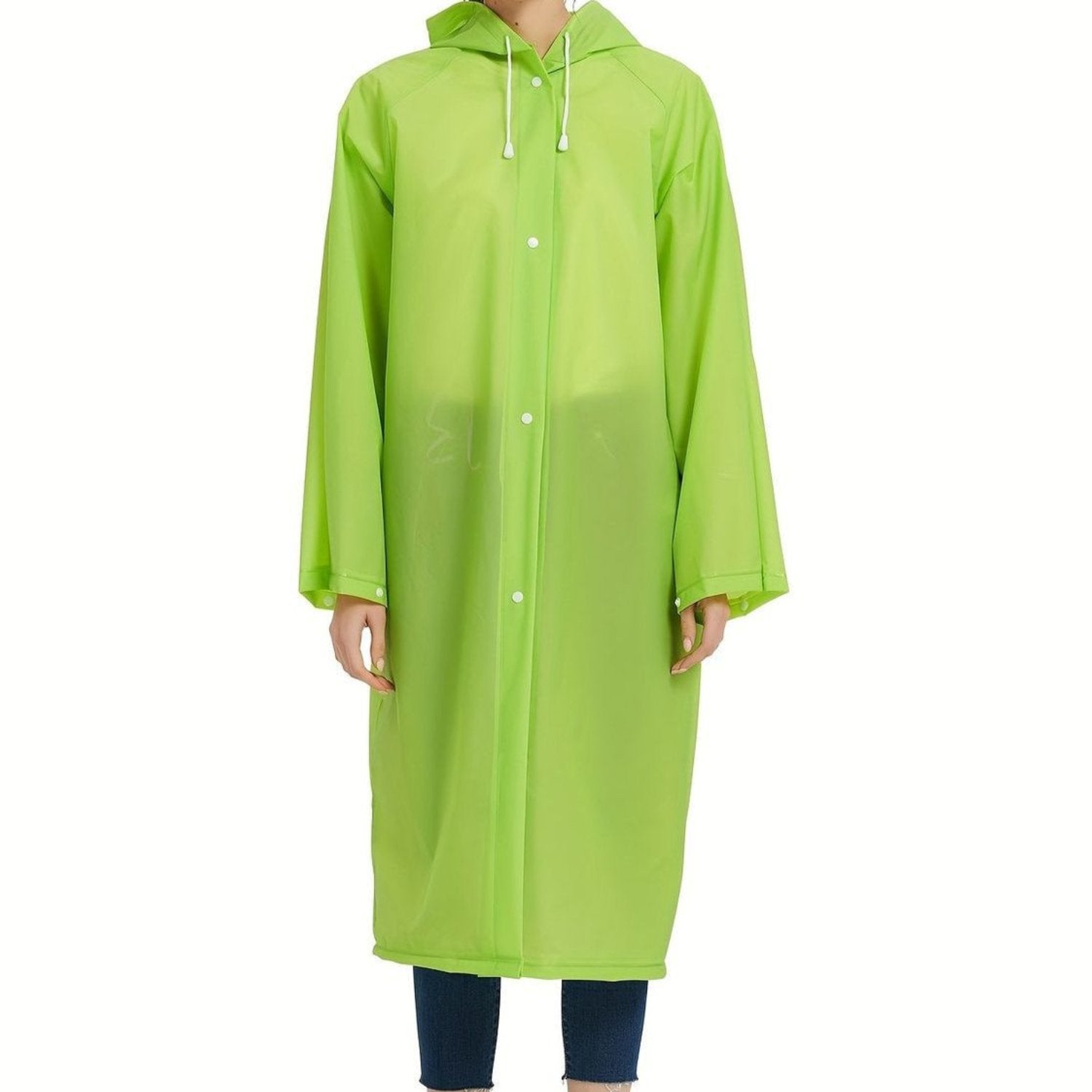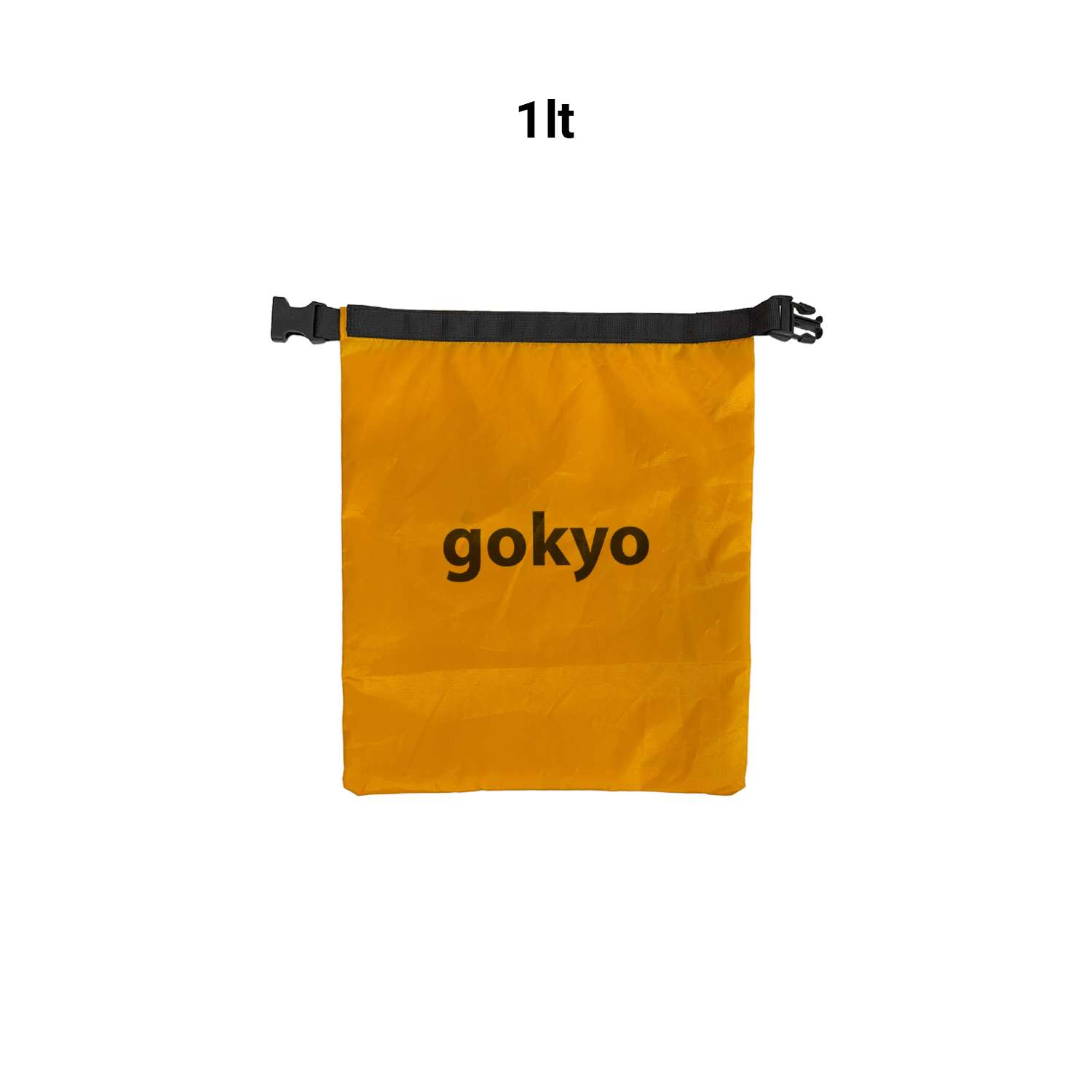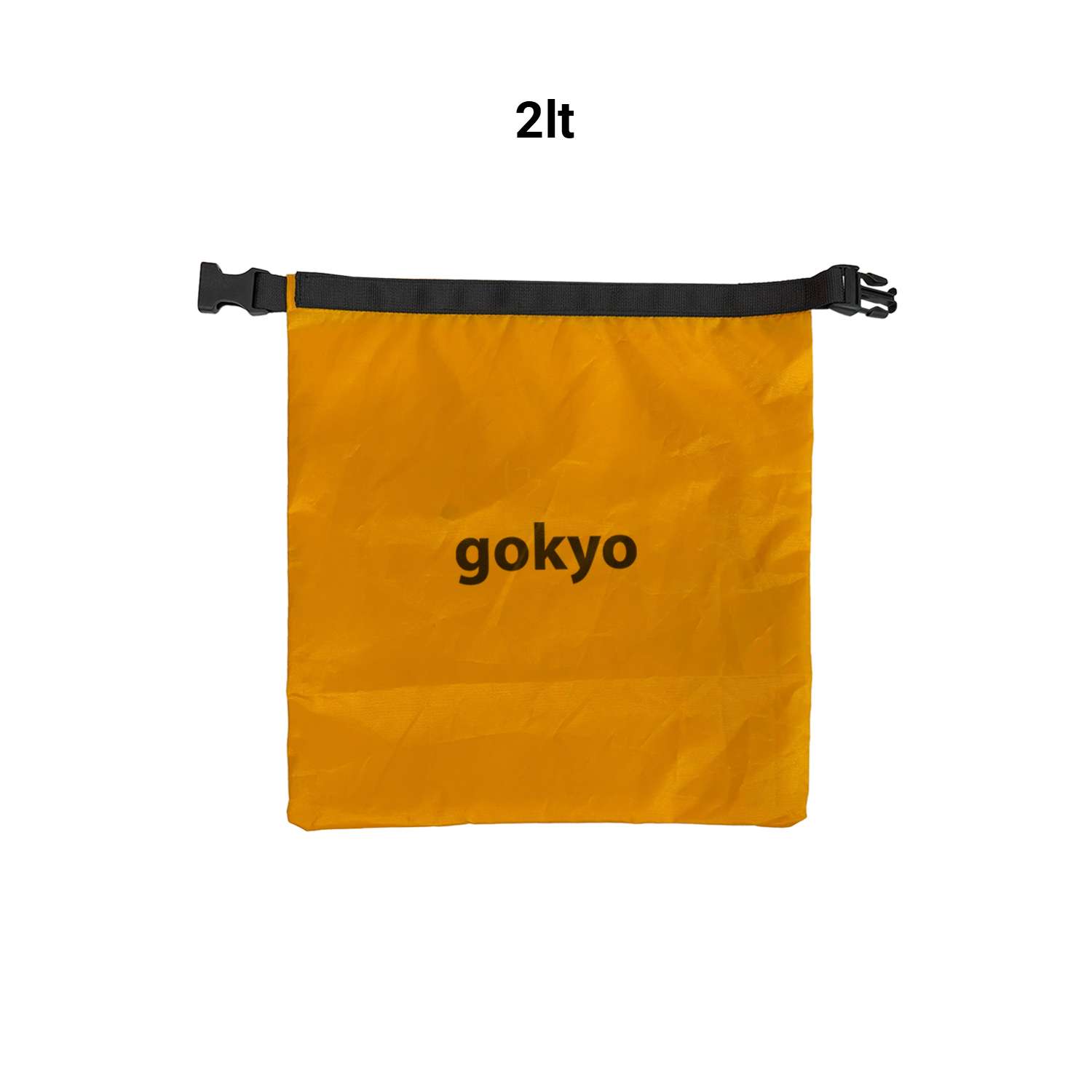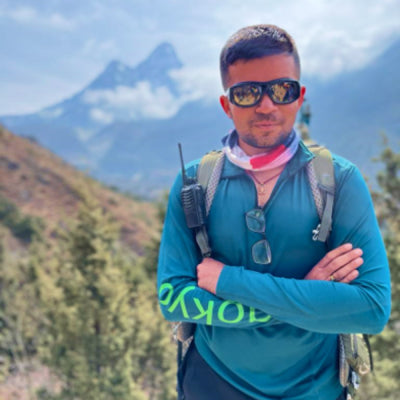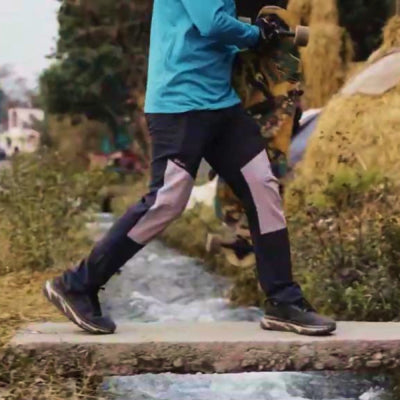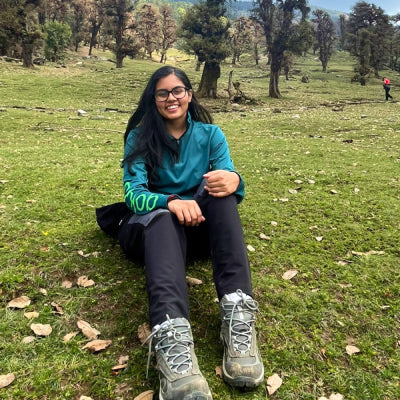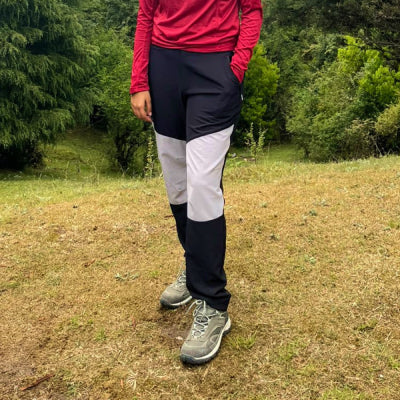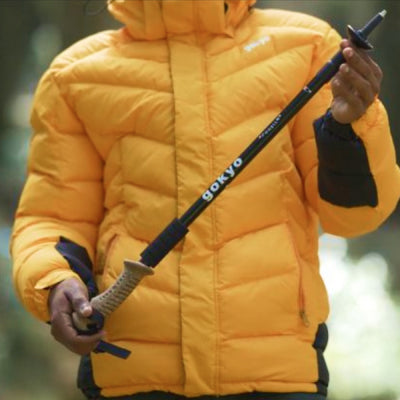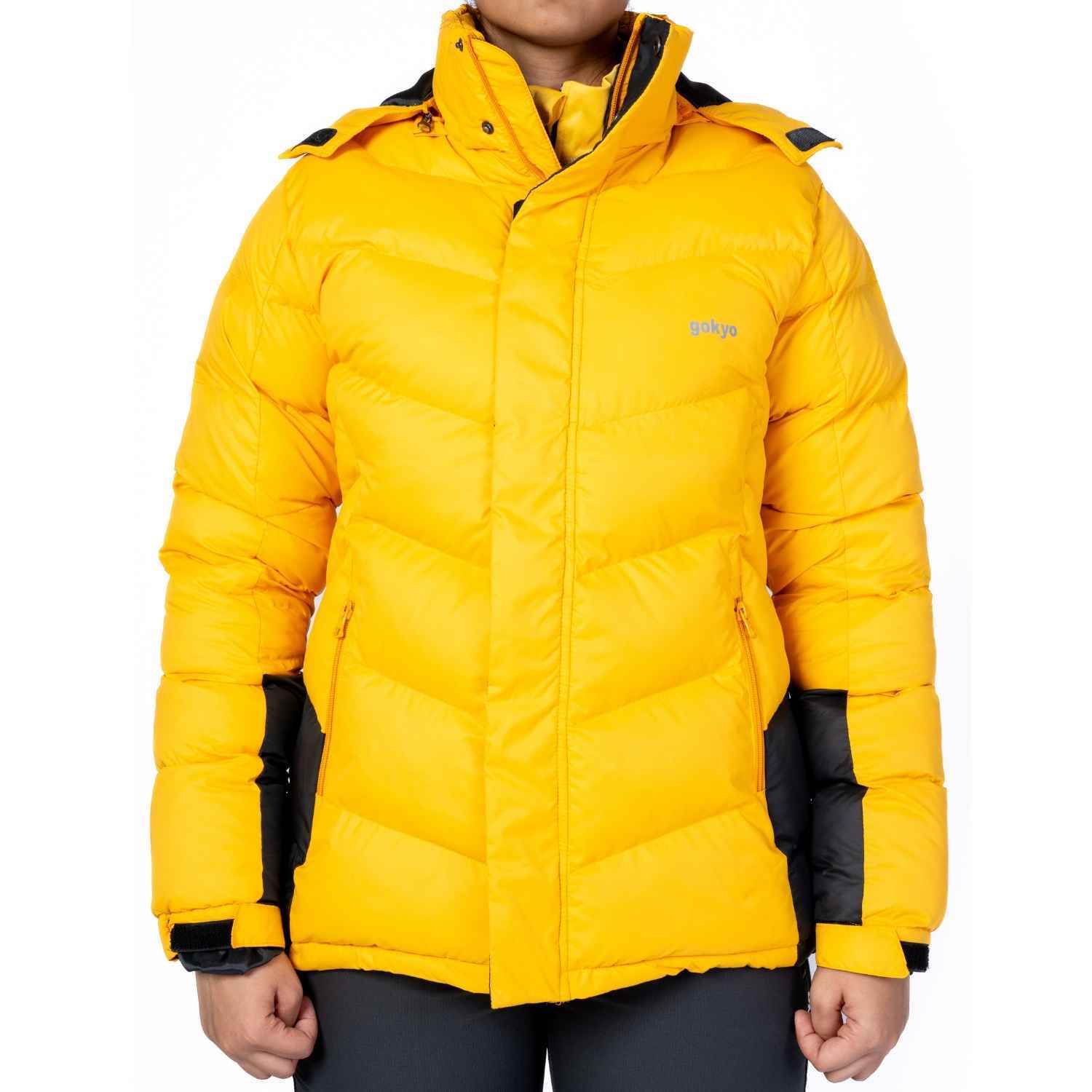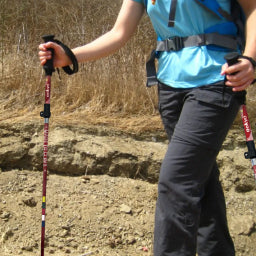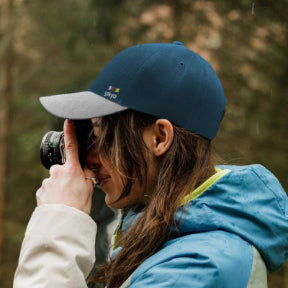If there's a season that turns India into a living storybook, it’s the monsoon. The skies soften, the earth breathes again, and suddenly, everything feels a little more alive. From mist-covered hilltops to waterfalls spilling down forest trails, there's a certain charm the rains bring that’s hard to describe but easy to fall in love with. Here are the top 10 scenic places to visit in India during monsoon that look magical in the rain
1. Munnar, Kerala

Tucked into the Western Ghats, Munnar feels like nature whispering stories through the mist. As rain sweeps through its tea plantations, the hills turn into velvety green waves. Every bend smells of fresh leaves and earth. There’s something wildly romantic about sipping tea while watching mist roll across the valley.
How to get there: The nearest airport is Cochin International (about 110 km). From there, cabs and buses take you straight into the hills.
Best time to visit: Late June to August — monsoon magic at its finest.
2. Coorg, Karnataka

Coorg, or Kodagu, is where monsoons arrive in full splendor. You don’t just walk through Coorg during the rains — you float, dream, and rediscover peace. Coffee plantations hum with the sound of rain hitting leaves, and every path leads to a hidden stream or a misty view. It’s the ultimate place to switch off.
How to get there: Fly into Mangalore or drive down from Mysore. Buses and cabs are frequent.
Best time to visit: July to September.
3. Cherrapunji, Meghalaya

What better place to enjoy monsoon than one of the wettest places on earth? Cherrapunji turns into a wonderland, full of waterfalls, echoing caves, and those unbelievable living root bridges. The clouds sit so low you can touch them, and the sound of rain is constant, comforting music.
How to get there: Reach Guwahati and then head to Shillong by road. From there, Cherrapunji is just a 2-hour scenic drive.
Best time to visit: June to September.
4. Valley of Flowers, Uttarakhand

This UNESCO World Heritage site is a breathtaking carpet of alpine blossoms during the monsoon. Trekking here is like walking into a watercolor painting. The path winds through wildflowers, gurgling brooks, and snowy peaks hiding behind mist. It’s not just beautiful, it’s a spiritual journey.
How to get there: Start from Haridwar, drive to Govindghat, and trek your way in. It's an effort, but one you’ll never regret.
Best time to visit: July to early September.
5. Lonavala–Khandala, Maharashtra

Close to Mumbai and Pune, these twin hill stations transform into lush, green wonderlands with every downpour. Waterfalls gush along winding roads, the scent of wet earth fills the air, and forts like Lohagad and Rajmachi offer picture-perfect views. Ideal for weekend escapes.
How to get there: Local trains, buses, or a scenic drive — all roads lead to these rain-soaked twins.
Best time to visit: June to August. Don’t miss these Best Waterfall Treks Near Mumbai.
6. Ziro Valley, Arunachal Pradesh

With golden paddy fields, pine trees, and soft rains, Ziro offers a silent monsoon symphony. It’s perfect for travelers who seek calm over chaos. In the monsoon, the valley turns into a quilt of greens and browns, and the clouds hang low, casting shadows over the gentle landscape.
How to get there: Fly to Guwahati or Lilabari and continue by road. Be ready for a journey — but the view is your reward.
Best time to visit: July to September.
7. Spiti Valley, Himachal Pradesh

While much of India gets drenched, Spiti remains relatively dry but stunning in the monsoon. The barren cliffs, white-washed monasteries, and sparse green patches make it surreal. Rain here comes in gentle waves, and the silence is meditative. Ideal for adventure lovers and soul seekers alike.
How to get there: Best reached via Manali. Roads are rugged, and landslides can occur — check conditions before planning.
Best time to visit: Late July to early September.
8. Udaipur, Rajasthan

Rajasthan in the rains? Absolutely. Udaipur, with its palaces and lakes, becomes even more enchanting. The Aravalli Hills get a soft green tint, and the reflection of clouds on Lake Pichola is unforgettable. It’s less about trekking and more about slow, soulful soaking in the vibe.
How to get there: Connected by train, flight, and bus from major cities like Delhi and Mumbai.
Best time to visit: July to early September.
9. Agumbe, Karnataka

Agumbe isn’t just wet — it’s wild. Think tall, moss-covered trees, frogs in technicolor, and thunder that echoes through the rainforest. It’s where nature takes over. Ideal for ecotourism and rainforest exploration.
How to get there: Udupi is the closest railway station. Cabs or local buses connect you to the lush interiors.
Best time to visit: July to September.
10. Tawang, Arunachal Pradesh

Tawang's monasteries, prayer flags, and cloudy peaks create a dreamscape during the monsoon. You might find yourself lost in a drizzle with monks chanting in the background. It’s mystical, and the drive to reach there is challenging but unforgettable.
How to get there: Guwahati is your best bet. From there, brace for a long but scenic road trip.
Best time to visit: July to August.
Bonus Spot: Pelling, Sikkim

Often overlooked, Pelling is an absolute monsoon gem. With the mighty Kanchenjunga looming in the backdrop, rain-kissed monasteries, and thick forests, it’s a perfect mix of serenity and spectacle. Explore Pemayangtse Monastery, indulge in local momos, and let the fog tell you tales you’ll never forget.
How to get there: Fly to Bagdogra and drive via Gangtok or Geyzing. Roads are beautiful but winding.
Best time to visit: July to September.
Smart Travel Tips for the Monsoon
Travelling in the monsoon has a certain charm, skies that threaten and thrill, greenery in full bloom, and raindrops that make everything feel alive. But while the season makes for stunning getaways, it also calls for a bit of smart prep. After all, soggy socks and soaked gadgets don’t make great travel companions.
Start with your outerwear. Whether you’re headed to the hills or exploring monsoon-soaked towns, a good windcheater is essential. The kind that keeps the rain out without making you feel like you’re in a sauna. Think lightweight, breathable, and ready for sudden downpours, like the Kaza Waterproof Windcheater.
Next up: your bag. That go-to backpack might not cut it this season. Go for sturdy trekking bags designed to handle the wet, preferably with a rain cover for backpack. To avoid digging through a jungle of wet clothes and food packets, organize essentials into smaller pouches or a compact toiletry bag. It saves time and sanity.
A Smarter Way to Pack (So Nothing Gets Ruined)
No one enjoys digging through a damp bag for dry socks. Keep your essentials sorted with dry bags or waterproof pouches. Your extra clothes, electronics, or even your camera will thank you. Small things like face wipes or a change of innerwear go best in these, especially if you're trekking or taking local transport.
Phones are the real MVPs of travel. Whether you're checking maps or shooting reels, protect yours in an insulated pouch for mobile to keep it safe from mist, drizzle, and accidental drops.
Now your feet, the often-forgotten heroes of monsoon travel. A reliable pair of trekking shoes with good grip can be the difference between enjoying the view and sliding into the mud. Trust us, comfort here is key.
Top Trekking Shoes for Outdoor Adventures
Fuel Up, Stay Chill
Trekking in humid weather can drain you fast, so smart snacking is a must. Keep it simple: a handful of boiled chickpeas, some nuts, or an energy bar can keep your energy steady without feeling heavy.
For hydration, don’t just rely on plain water. Sip from your water bottle mixed with a bit of electrolyte powder; it helps replace what you lose through sweat and keeps you going strong.
Small bites, regular sips, that’s the secret to surviving sticky climbs and soaking in every view.
Final Thought: Let the Rain Happen
The magic of monsoon travel isn’t in the itinerary; it’s in the moments. The surprise rainbow, the silence of misty valleys, the chai stall that appears just when you need it.
Don’t aim for perfection. Aim for presence.
Pack light. Pack mindfully. Let the monsoon do what it does best — surprise you.
Frequently Asked Questions (FAQs) : (Because Rain Brings Questions Too)
1. Is a rain poncho better than a jacket in the rain?
A rain poncho offers more coverage, especially with a backpack. Jackets are snug and breathable; go with what suits your trip.
2. Are trekking shoes necessary for monsoon travel?
If you're heading off-road or to hilly areas, yes. They offer a better grip and dry faster than regular sneakers.
3. What’s a smart snack to carry?
Anything that survives the humidity, boiled chickpeas are perfect. They’re light, filling, and won’t go bad easily.
4. Should I carry a separate pouch for my phone?
Yes! An insulated pouch for mobile protects your device from both rain and random bumps.
5. Is it worth getting dry bags?
Definitely, especially if your trek includes river crossings or heavy downpours.
Inspired by clouds. Designed for wanderers.
Let the world drip around you while you stay dry, comfy, and carefree.

